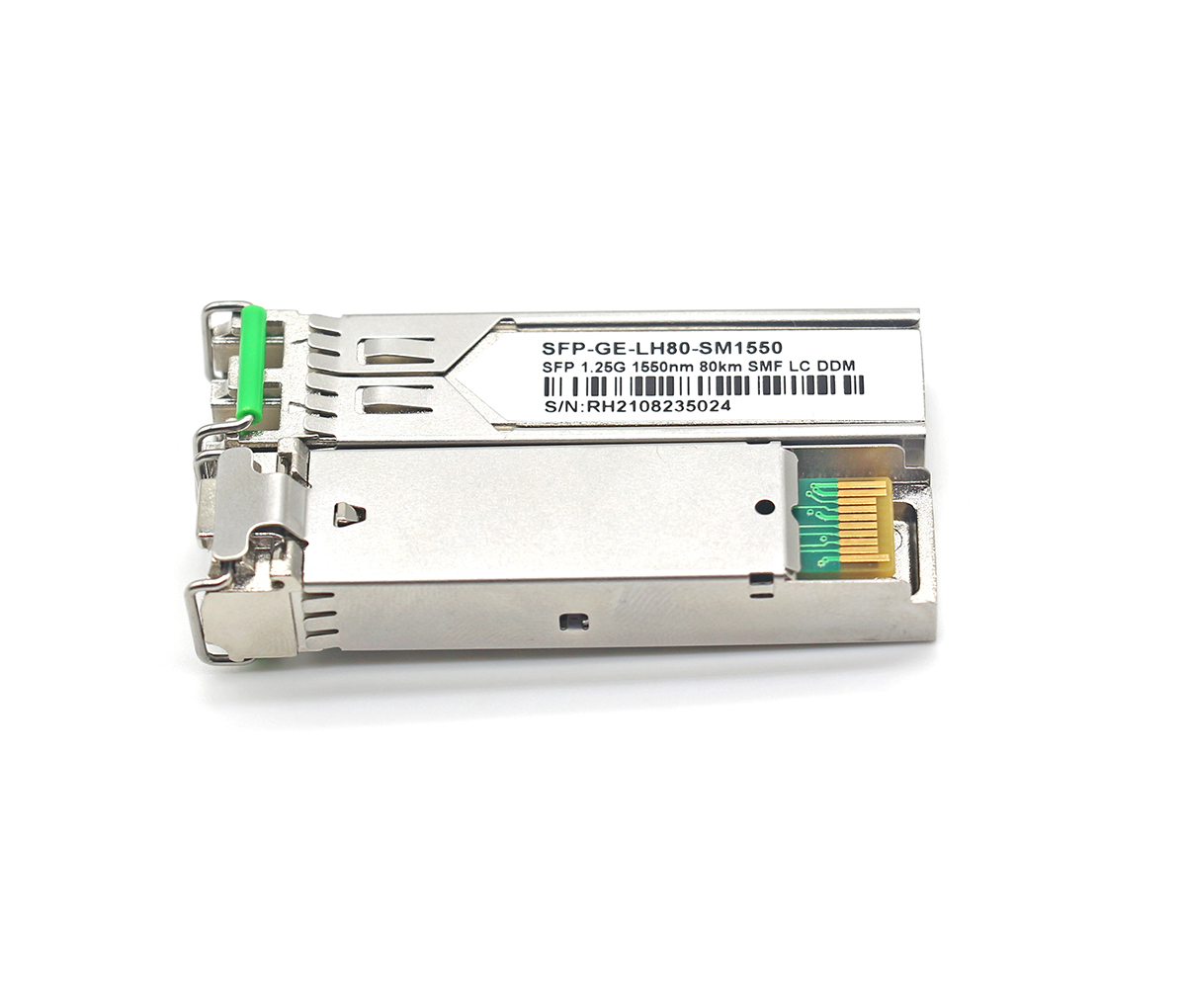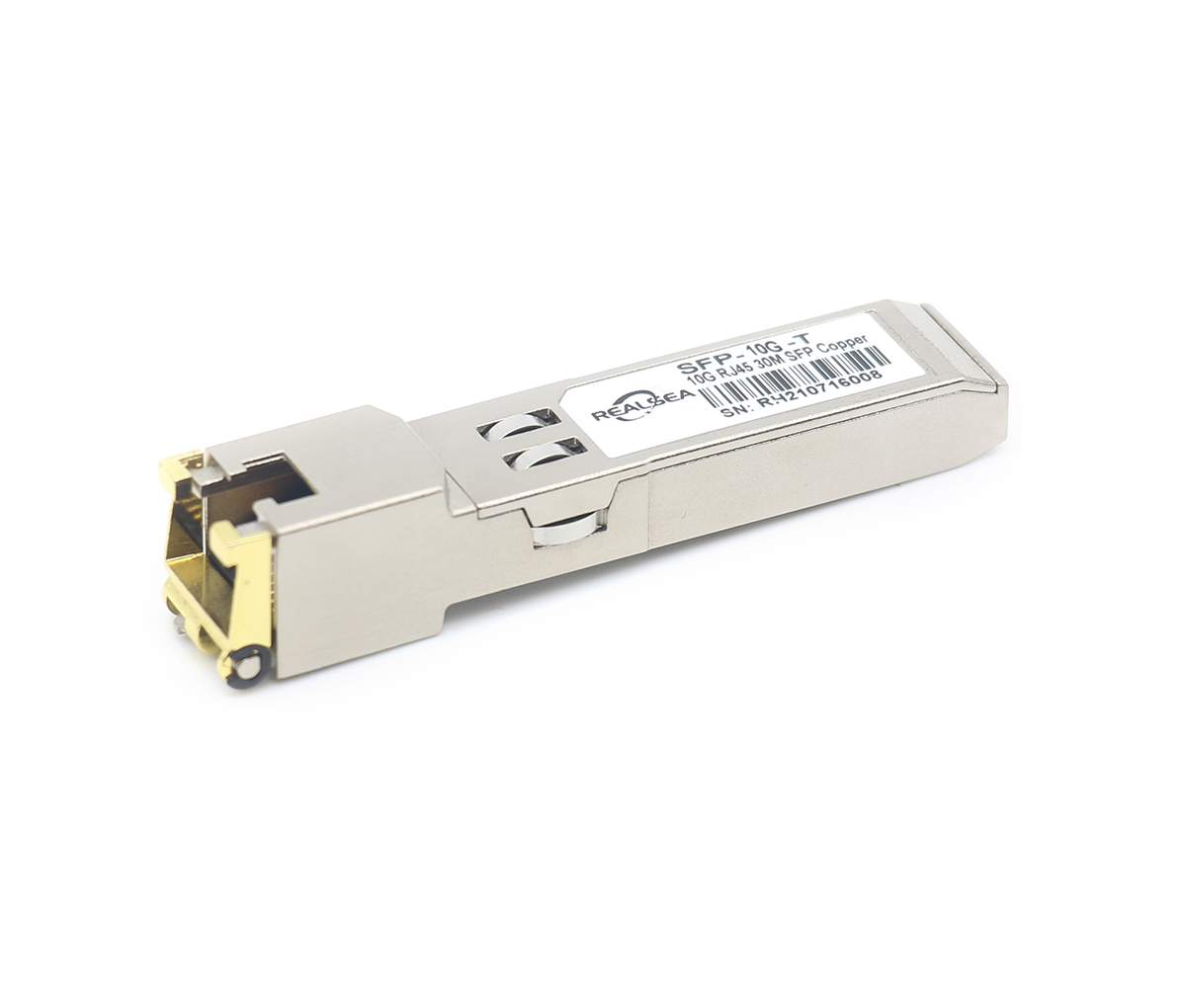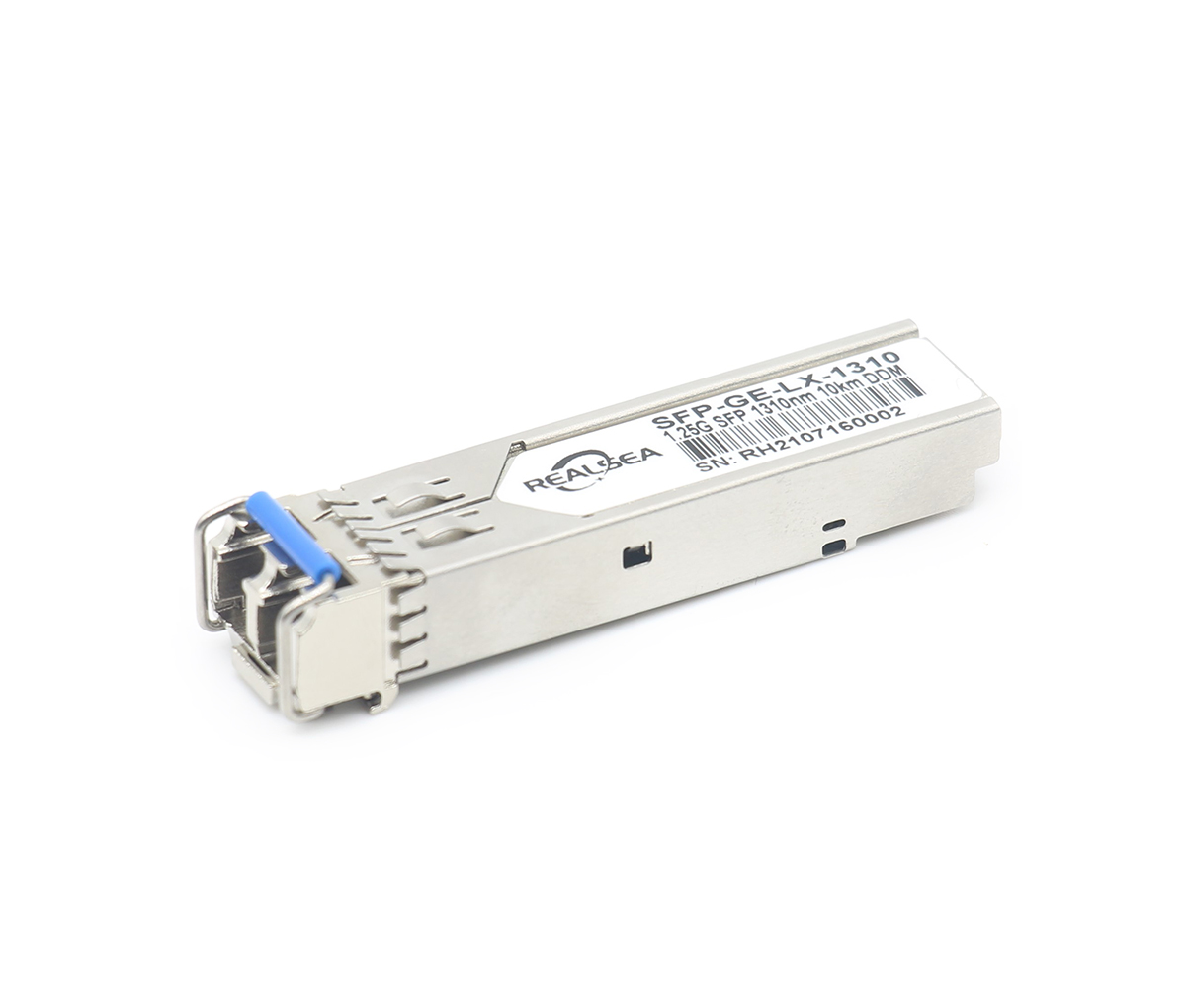Release Date: Mar 26,2022

The active optical cable market is expanding, with more and more people joining the market, including the world's largest suppliers of cables and telecommunications components. The active optical cable market has broad prospects for development.
According to the latest report, in 2019, the revenue from the sale of active optical cables for data centers will reach 1.5 billion. Active optical cables are mainly used in data centers. In addition, the proportion of active optical cables in high-performance computing, consumer electronics, high-definition multimedia interfaces and digital playback systems has also increased. The application of active optical cables in future data centers will mainly focus on high-speed transmission, such as 40G, 100G, and even InfiniBand (wireless broadband technology).
Why are active optical cables so popular?
Under normal circumstances, when the passive cable is transmitted to 10 meters at the rate of 10-Gb/s, the signal attenuation is very large, and the active optical cable can make up for this shortcoming. When using, the user only needs to unplug the pluggable cable interface, and then plug in the active optical cable repeater or connector of the same shape and size. For the line card problem, the optical interface and the electrical interface play exactly the same role. Of course, the benefits of active optical cable for network transmission are far more than this. We will describe its advantages in detail below.
Low cost - Compared with optical modules, active optical cables can be regarded as the most cost-effective products in data centers. Active optical cable is a product that encapsulates two optical modules and optical cables together, which realizes the seamless connection between optical modules and jumpers. Because it fixes the optical fiber inside the module, fewer optical components are used in the fabrication process. Optical modules are usually connected to fiber optic jumpers, and the cost of fiber optic jumpers is also a lot of money. In addition, because the optical port of the active optical cable is not exposed, it has extremely high reliability, so there is no opportunity for dust or other contaminants to take advantage of, and the cost of cleaning and maintenance of the optical fiber port is avoided.
Small size - Direct attach cables are notoriously bulky and bulky, making effective cable management difficult in data centers. Also, the properties of electrical signals and electromagnetic interface (EMI) also have an impact on the performance of direct attach cables. Active optical cables are specifically created to replace copper cables. They are lighter in weight, smaller in size, more resistant to electromagnetic interference, low-level interconnect losses, and can also reduce power requirements. They are widely used in storage, networking and high High-speed data connectivity for performance computing (HPC) applications.
Ease of Use - Active Optical Cable encapsulates optical modules and fiber patch cords together, so it enables fast and efficient fiber optic connections. In addition, because it has the characteristics of high bandwidth and light weight, it is convenient for users to plug and unplug. In addition, active optical cables are generally used in data communication infrastructure, and it is easy to operate even for those who do not have professional optical fiber knowledge.
From the current point of view, the general trend of "optical advance and copper retreat" is clear at a glance, and the future will be the era of "all-optical network". Especially driven by higher bandwidth and more application demands in the cloud computing environment, active optical cable technology has penetrated into every corner of the high-speed interconnection market. With the gradual expansion of the active optical cable market, it will not only bring disruptive changes to the network, but also to the telecommunications and data communication transceiver markets.

Rate classification According to the speed, there are 155M/622M/1.25G/2.125G/4.25G/8G/10G, 155M and 1.25G are more used in the market, 10G technology is gr...
Most optical SFP transceivers support SFF-8472 (industry standard multilateral protocol). According to the SFF-8472 protocol, the Digital Diagnostic Monitor...

Due to the high bandwidth and low attenuation brought by optical fiber, the speed of the network is taking a huge leap. Fiber optic transceiver technology i...